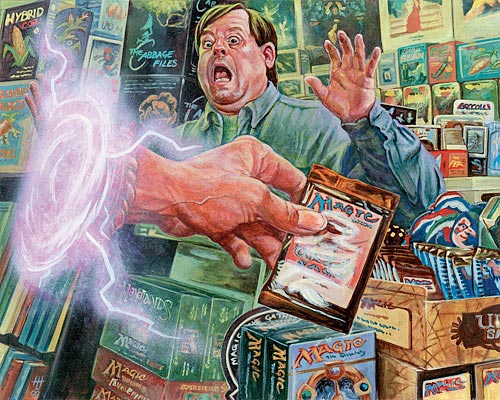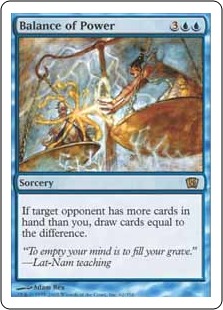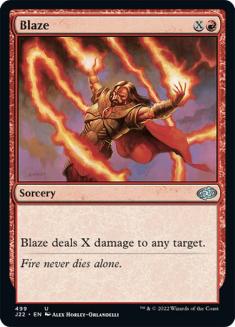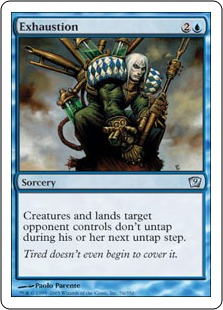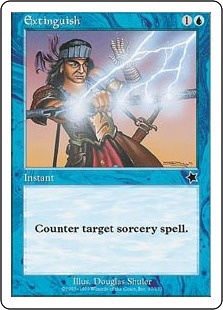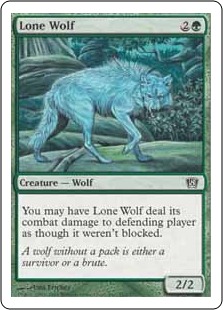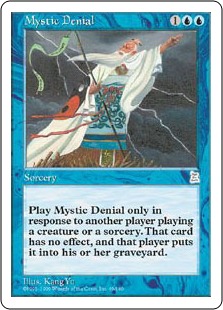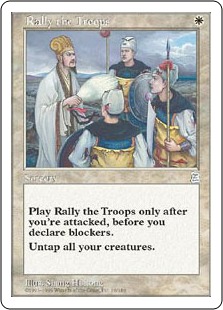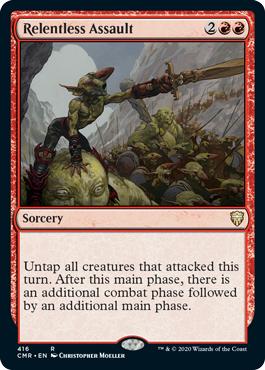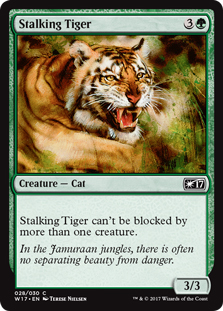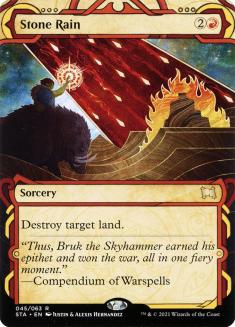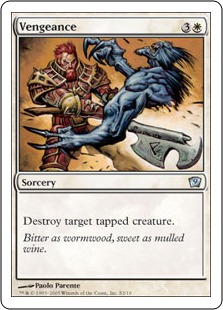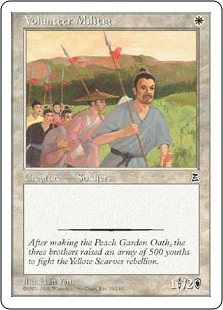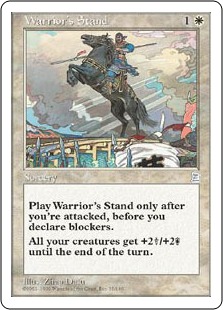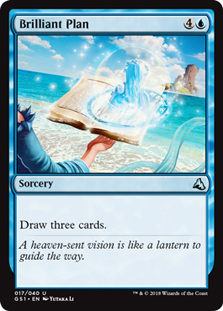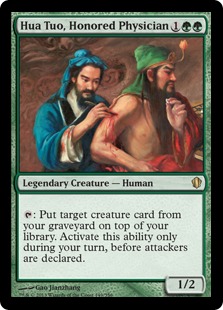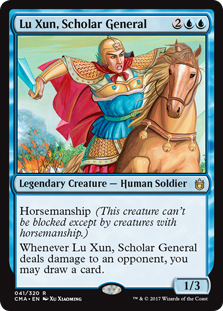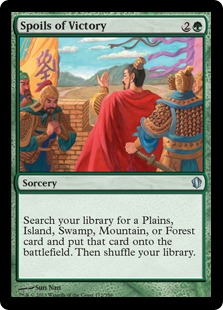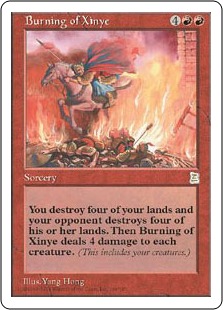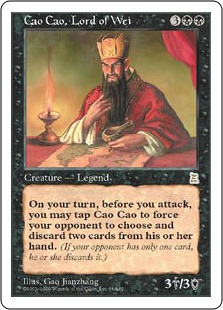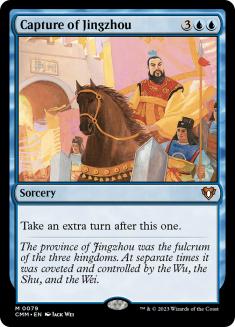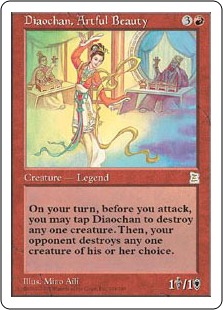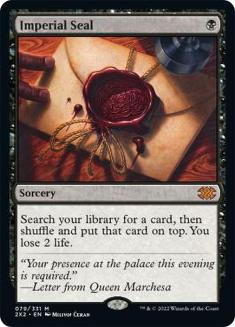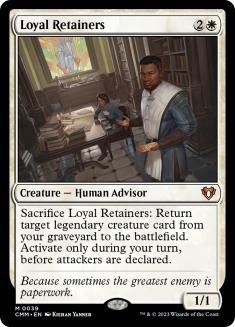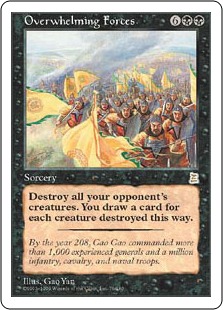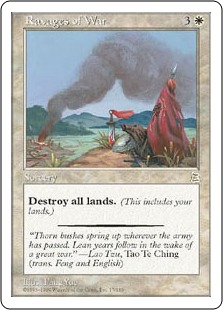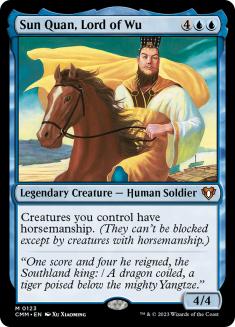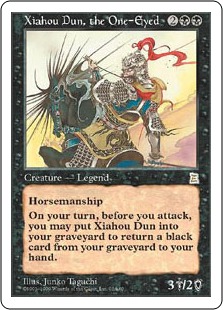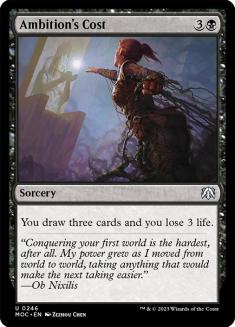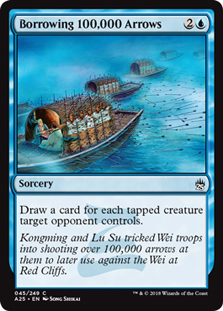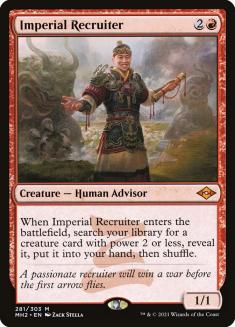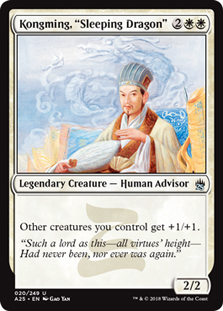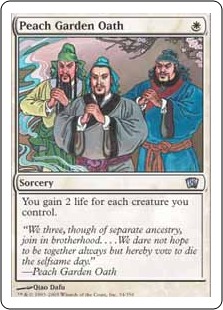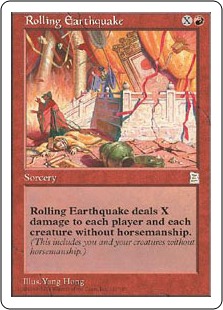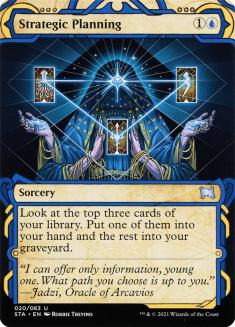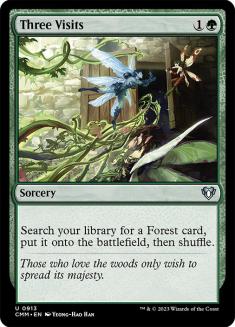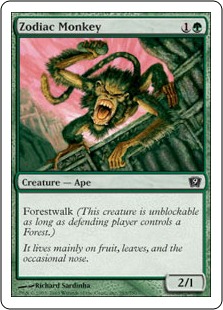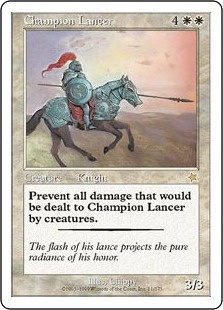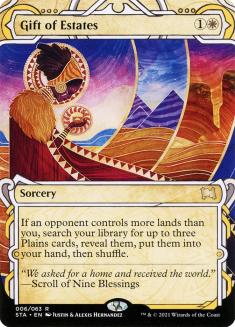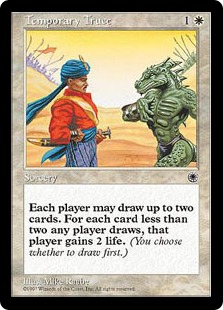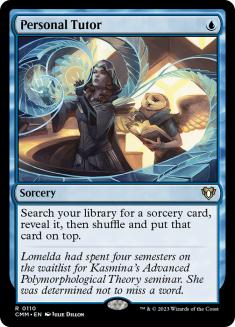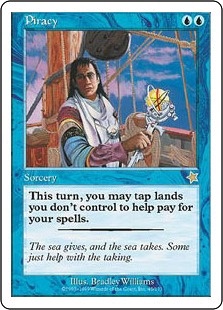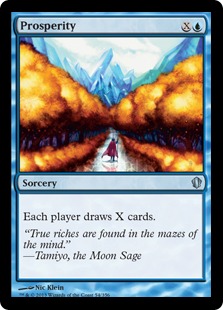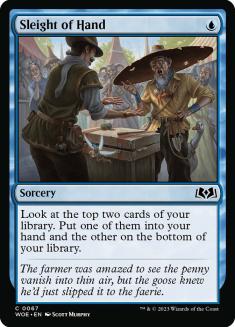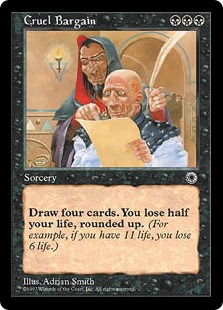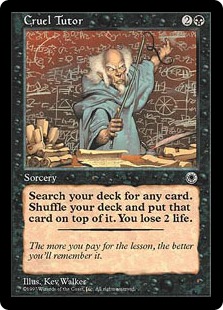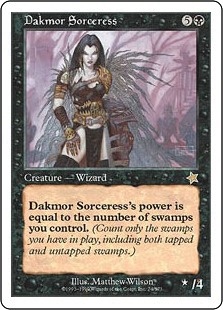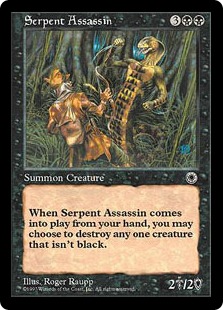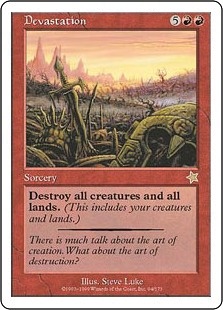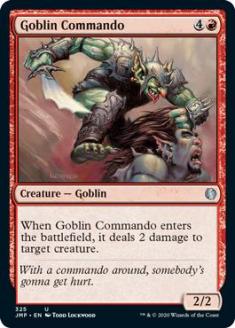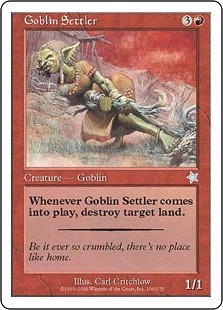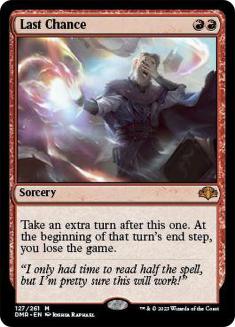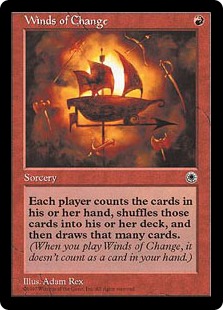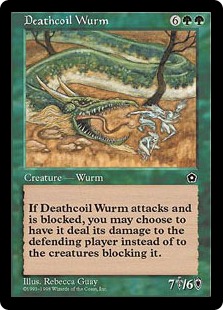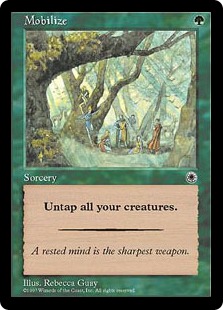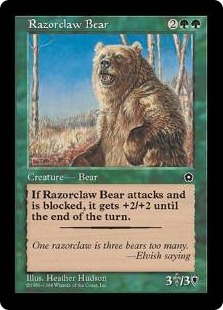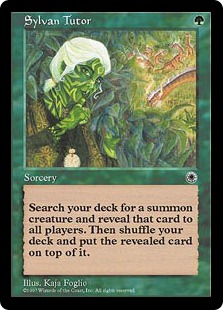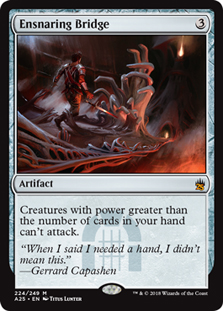Standard Disclaimer for Wizards of the Coast (WotC) employees who read this article: This article discusses business ideas to help WotC improve the Magic: The Gathering product. I give permission for any WotC employee to use the ideas contained in this article free and clear!
Time Spiral Remastered (TSR) is the surprise smash hit of 2021 for WotC.
There are lofty expectations for other expansions yet to be released — I’m looking at you, Modern Horizons 2! — but the sheer success of TSR took everyone by surprise. Yes, the brass at WotC were willing to let Gavin Verhey (and others) develop this set, but there weren’t a lot of resources put into development. Compare the product line and risks taken in TSR with other recent supplemental sets such as Double Masters (VIP packs, 2x rares per pack), Commander Legends (Etched foils, Collector Packs), or Jumpstart (unique basic lands for every theme, new cards developed for decks). It’s pretty clear that TSR was a “Hey, this has worked online, and enough people internally are pushing for it, so we’ll let you make it” for WotC.
To say TSR met expectations is an understatement. This is the first set in a long time that sold out across the board at release, rose way above (the assumed) MSRP before release date, and has continued to hold value post-release. I think it’s safe to say that we will see another Remastered set in paper Magic in the future! It may take a couple of years (I’m guessing late 2022 or early 2023) since WotC wanted to gauge the success of TSR before scheduling a follow-up, but I’m willing to bet that development of a second set is firmly in the plans.
What made TSR such a success? I’m going to list some factors, from what I view as most important to least important.
The timeshifted sheet. There’s no doubt in my mind that the timeshifted cards in this set were the biggest selling point of TSR to the vast majority of customers. This is similar to the effect we’ve seen with sets like Unhinged, Unglued, and Unstable — people buying a ton of packs to get one slot (the full-art lands), leading to massive sales for the set in general.
Why was the subset of timeshifted cards so successful? The card pool for this subset was particularly strong in power level and financial value. The cards were skewed very heavily towards Legacy and Vintage playables, and the people who would most want to get foil versions of the timeshifted cards are Legacy and Vintage players. The old border frame is popular with a strong subset of players who just like the aesthetics of the pre-8th Edition Magic card. The foil timeshifts are genuinely rare, leading all of them to have a value far higher as a group than almost any cards released in MTG in a decade.
The cards in Time Spiral block. Time Spiral / Planar Chaos / Future Sight are a particularly strong block for card value. I personally love Invasion / Planeshift / Apocalypse as a Draft format, but there are very, very few cards in that group of sets that have an intrinsic value at this point. By my count, there are about fifteen cards that are worth $10+ in Invasion block, and one of them is Yavimaya Coast (which can be had in newer printings for $1-$2). In Time Spiral block, there are 23 cards that are $10+, and that’s after devaluation of some of the cards post-Time Spiral Remastered reprint.
The ability to play Time Spiral Limited. Let’s be honest here — this one is a distant third. I’m sure there are some people who took the time to draft the set for the sake of drafting it, but we’re talking about a set that sold out before release, had a very high per-pack cost, and came out during COVID-19. I’m sure that in a world without COVID-19, this would probably be a stronger factor. Fact is though, this could have been a set that nobody ever played in a Limited environment and it wouldn’t have hurt sales in any way, shape or form. That’s how strong the first two factors were for this set (especially the timeshifted cards!
Ari Lax wrote a very in-depth post about which blocks he felt would make the best Remastered experience. I generally agree with most of his analysis about individual blocks, but disagree with his criteria.
I feel that sets on the Reserved List are on the table — specifically, Tempest block and Urza block. By the time these sets came out, only a small fraction of cards from these blocks were on the Reserved List. There are 616 cards in Tempest / Stronghold / Exodus (not counting basic lands). Of these, only 32 are on the Reserved List (5.2%). There are also 616 cards in Urza’s Saga / Urza’s Legacy / Urza’s Destiny. There are 41 cards from that set on the Reserved List (6.6%).
Both of these blocks are extremely fun to play as a core draft experience (checking off column #3). Tempest block currently has 28 non-Reserved List cards that are $9.99 or higher. Urza block has, in a stroke of coincidence, 28 non-Reserved List cards that are $9.99 or higher. Moreover, both sets are chock-full of higher-dollar commons and uncommons. The checks off column #2. And the timeshifted sheet? Could be anything, so that wouldn’t disqualify or enable any one particular block.
For the sets that Ari ranked, I also feel that he undervalued Onslaught / Legions / Scourge pretty significantly. This block has 28 cards that are $9.99 or higher, including fetchlands and Slivers. Ari points out that morph was originally developed to work with damage on the stack, but we’ve had multiple other forays with morph post-rules change (Khans of Tarkir block, Commander decks, etc.), so I don’t see that as a big issue. Also, the set has a great playability with lots of big splashy creatures and tribal themes and the timeshifted sheet would play really well with morph and tribal-adjacent cards from other sets. I’d rank this one a lot higher than Ari does.
But even if I disagree with Ari on his ranking on Onslaught block or his omission of Tempest and Urza block, I think his view of sets was pretty solid overall.
However, and this is a big “however,” I wouldn’t be writing an article about future Remastered sets if all I was going to say was, “Hey Ari, I agree with everything you said except for three sets!” To me, that’d just be a bunch of Tweets I’d make in his direction. I think that Ari missed what would probably be the greatest opportunity for WotC to do a Remastered set. In fact, I think there’s an idea out there that I haven’t seen anyone discussing, but one that’s so good that you’re going to read it in a second and say, “OMG, I love that!”
I’m that confident in this idea. And this idea is…
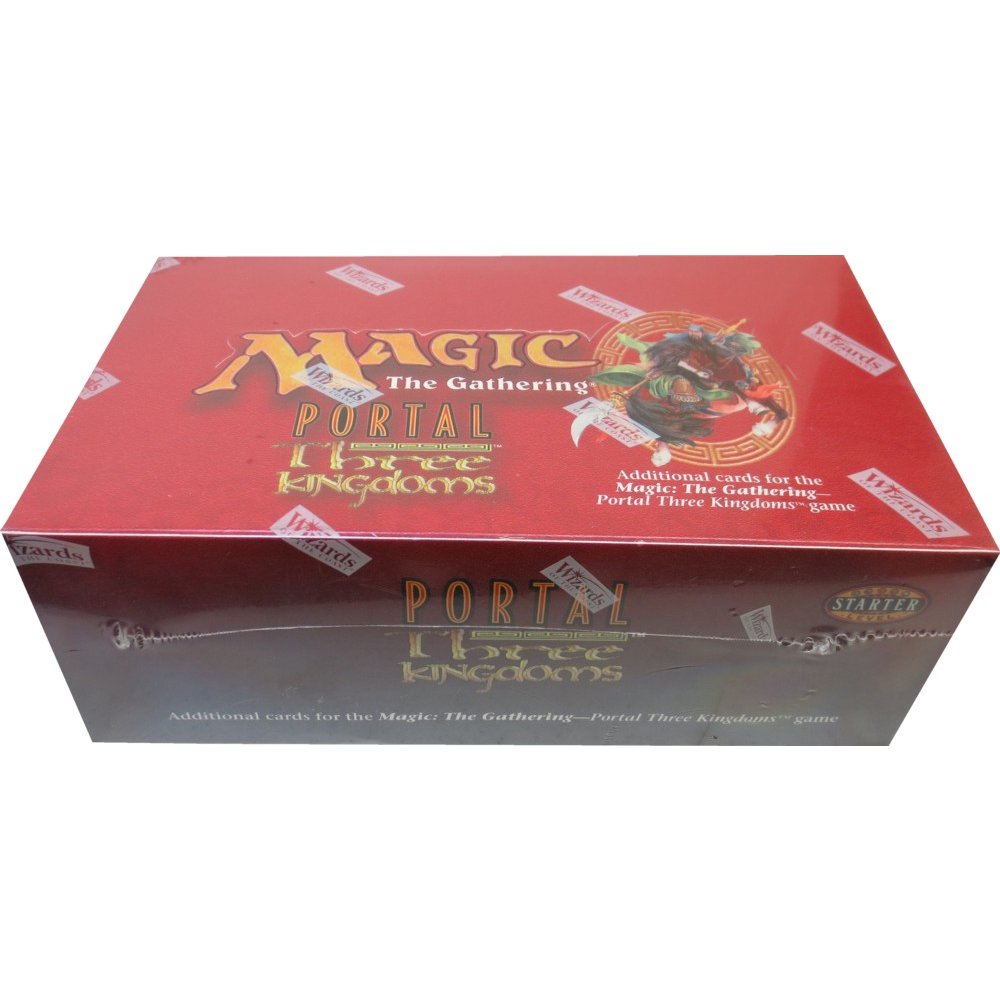
Portal. Remastered.
What is the most valuable officially released booster pack set in the past 25 years of Magic? The answer is Portal: Three Kingdoms (P3K). This highly sought-after set was only released in the APAC region, and only in four languages. These languages were Simplified Chinese, Traditional Chinese, Japanese, and English. However, the English language release was only distributed in Australia and New Zealand, making it one of the hardest-to-find sets ever printed. A sealed box of English P3K recently sold for $31,000. By comparison, Revised sells for around $18,000 a box, and Urza’s Saga $14,000. You need to start getting into Legends before you meet the value of a sealed English P3K box.
Want to know another oddity about P3K? It’s one of the only sets ever printed that has both unique cards and is in white border. For some reason WotC decided to print P3K in white border, despite having a policy at the time of “cards being printed for the first time should debut in black border.” The majority of cards in P3K have never been reprinted, meaning that no black-border versions of these cards exist. No foil versions of most of these cards exist either.
To be specific, there are 180 cards in P3K. Fifteen of these are basic lands (more on this later). Of the 165 remaining cards:
- Fourteen are reprints from previously existing Magic cards:
- Four have been reprinted in non-foil only:
- Ten have been only been reprinted as foils:
- Nine have been reprinted in both foil and non-foil:
This leaves 128 cards in the set that have never been reprinted in any way, shape or form. That’s over 77% of the nonbasic land cards in P3K! And to say that these cards have a perceived value is an understatement.
- There are fifteen basic lands in P3K. The average value of these lands is $5.
- There are 55 commons in P3K. Their average value is $6.83.
- There are 55 uncommons in P3K. Their average value is $19.63 per card.
- There are 55 rares in P3K. Their average value is $130.70. Yes, the average P3K rare is worth north of $100 at this point!
You know how WotC announced Universes Beyond earlier this year? P3K came out in 1999, and is the original fully-fleshed-out Universes Beyond expansion. Arabian Nights may have drawn from its namesake, but it was designed as a supplement to already-existing Magic and not to stand alone. P3K? Designed to be played by itself, without the need for cards from other expansions.
Remastering P3K would make most of these cards available to a wide audience for the first time. It would be the first black-bordered printing for most of these cards. It would be the first time foiled for the majority of these cards as well. It would be the first time almost any of these cards would appear in a modern card frame. You’d have the entire mythos of the Romance of the Three Kingdoms to draw from, meaning you can bet your butt that there’s room for some completely amazing border and art treatments of the cards. Everything about this set is screaming home-run…and we haven’t even gotten to the bonus sheet yet!
So let’s say you’re still with me on the premise. You have an extremely valuable set that’s chock-full of high-demand Commander cards (tons of unique legendary creatures in this set!), but it was originally designed for eight-card packs with only 55 commons and 55 uncommons. You want to update the draft pool for more modern sensibilities. This is where the Portal Remastered concept kicks into high gear!
There were four beginner Magic sets that WotC produced in the late 1990s / early 2000s. These sets are Portal, Portal Second Age, Portal: Three Kingdoms, and Starter 1999. What do all of these sets have in common?
- None of these sets have instants, enchantments, artifacts, or nonbasic lands. There are a number of sorcery cards that can be cast at instant speed, but they are still listed as sorcery cards.
- All four of these sets have multiple cards that have never been reprinted.
- There are a lot of higher-dollar cards in all four of these sets.
The main sticking point of P3K is that it eschews the flying mechanic in favor of horsemanship. The two are essentially mirror mechanics — only creatures with flying can block creatures with flying and only creatures with horsemanship can block creatures with horsemanship. If we were to build the main set around remastering P3K, I’d suggest keeping away from any creatures that have flying or any cards that affect flying creatures.
I’d suggest adding in cards from the common/uncommon/rare slots of Portal, Portal 2, and Starter 1999 that would enhance the Draft experience. I’m talking the basic nuts-and-bolts stuff that help make Limited formats work. I’d include things like Gravedigger, Wood Elves, False Summoning, Foot Soldiers, Fire Imp, and the like.
So that leaves the timeshifted sheet. Here’s where you can go nuts with cards that fall into one of two pools — high-desire cards from Portal / Portal 2 / Starter 1999 that don’t fit in the main set, and artifacts / nonbasic lands / instants that are reskinned in artwork to fit the Romance of the Three Kingdoms aesthetic.
Assuming a 121-card sheet, you’d be looking at around a quarter of the sheet coming from the beginner sets. I came up with a list of cards that have a good collector value and price that are from Portal, Portal 2, and Starter 1999. These include the following five cards from each color:
White
Blue
Black
Red
Green
I did not include any flying creatures, or any cards that have reskinned versions already in P3K:
- Ancient Craving (Ambition’s Cost)
- Armageddon (Ravages of War)
- Last Chance (Warrior’s Oath)
- Nature’s Lore (Three Visits)
- Temporal Manipulation / Time Warp (Capture of Jingzhou)
The remaining 96 cards would be artifacts, instants, nonbasic lands, and enchantments — the types of cards that did not exist in P3K to begin with. I think you’d want to play light with the enchantments and artifacts, since there isn’t native removal in the environment to kill those types of cards. However, I think that, judiciously used, you can have things like Pithing Needle, or Howling Mine, or more generic “you don’t need to necessarily remove this or you lose” types of those cards.
In other words, no Ensnaring Bridge-type cards.
I think that a Portal Remastered set that is built around P3K would be a home run for WotC. It would be extraordinarily well received by the player base, and the ability to build out a timeshifted sheet that brings staple cards from other sets into the Romance of the Three Kingdoms world would be the piece de resistance that would make this one of the most popular, best-selling sets in Magic’s history.
Forget about Invasion or Innistrad block. WotC needs to tackle Portal Remastered! Let’s get a set into distribution that was never widely released and give it a kick-ass reskin in the process!

